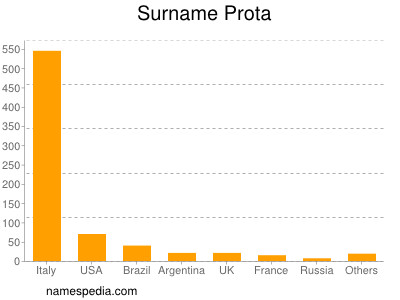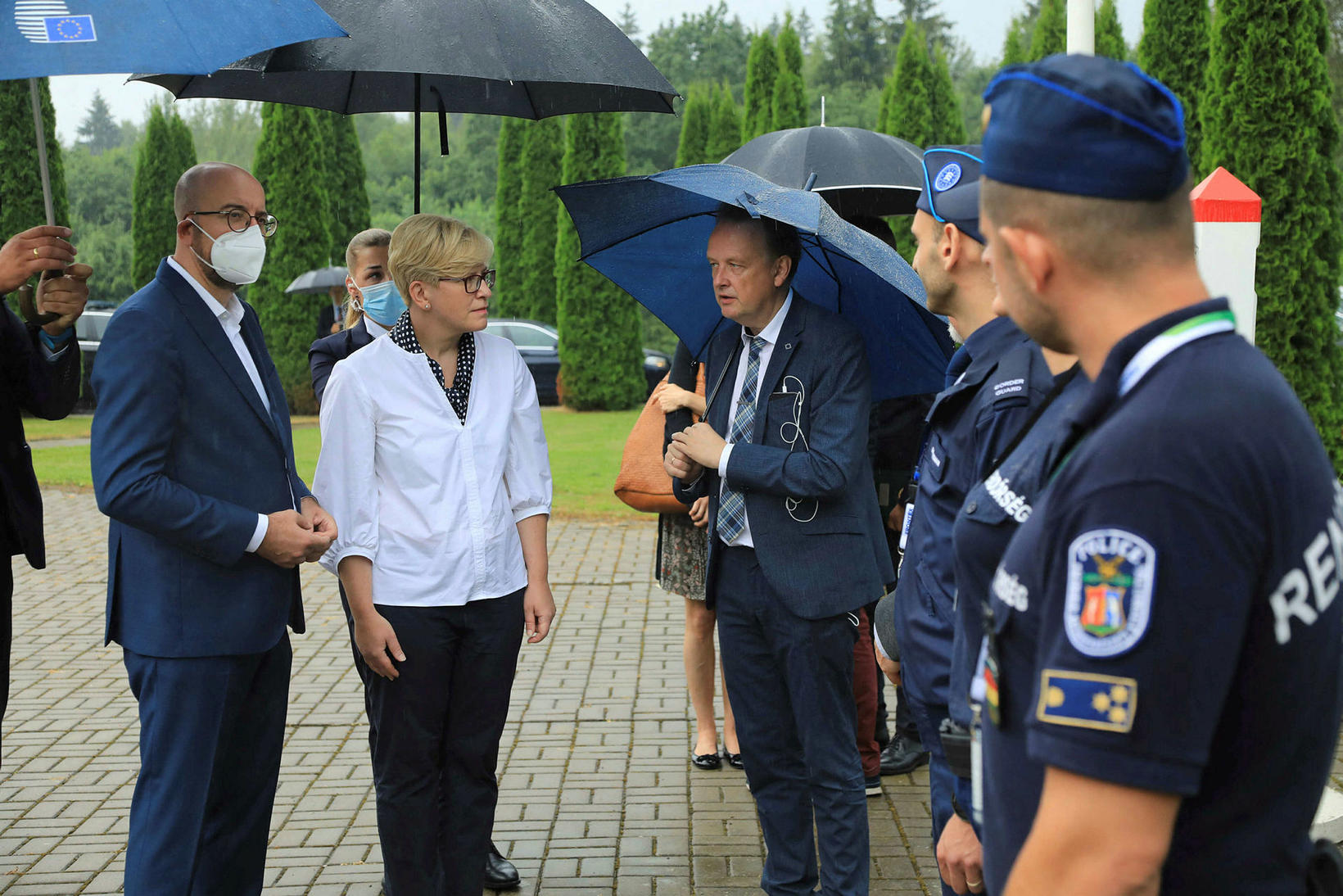

every time there is tension in the middle east, we can see pro-palestinian protests in the streets of paris, berlin or london, as we've seen last week, turning ugly. france and germany were really behind egypt and jordan and the ceasefire. and indeed, france pushed for a resolution under the un security council. of course, the un could actually come back on the world stage and be much more dynamic and participate much more than it did in the last four years of trump. Casual observation also indicates that the modern sea level is.In the democratic party who want him to be much tougher with israel. 1983 171 reuspd hlocks in the Genoese castle that one suspects plundering of the actual harbour installations. Large Doric column drums lying on a long platform just inside the mole suggest that a colonnade ran along the quayside, while some of the great andesite blocks that make up the mole are so sil"1ilar in size and shape to MYTILENE AND STYMPHALOS. Immediately offshore can be seen substantial remains of the east mole of the city's north harbour. The north slopes of the acropol is preserve less of interest, although a bottle shaped underground chapel may well be a reused ancient cistern. Several metres thick, it can be followed for over a hundred metres along the hillside.

exposed in a new road cut to the east of the castle. Most impressive was an enormous deposit of pottery of the fifth/fourth centuries B.C. were present in some quantity, as were Hellenistic terracottas, Ephesos lamps, and even a fragment of a Corinthian lamp of the second century A.


Indeed we noted on the surface no ceramic material later than the third century after Christ, although sherds as early as the fifth century B.
#Roman prota free
As the area was kept free of sheltering structures from the time of the castle on, it seems Iikely that the walls are all pre-medieval. Several of these were massive enough to be possible remains of fortification or retaining walls, while the presence of mortar in others indicated Roman or early Christian date. Surface surveys of the slopes of the acropolis turned up traces of eighteen ancient walls amid the pine trees planted by the French army in 1916. Several of the structures were funerary in nature, including Cl late Hellenistic Doric tomb identified epigraphically as that of Prota, a lady known from a poem of K rinagoras. Material included local marbles from the quarries at nearby Thermi and Moria as well as andesite, a popular building stone in the northeast Aegean. The buildings date from Hellenistic to early Christian times what survives is mostly its column drums, capitals (Doric and Ionic), architraves, and triglyphl metope frieze blocks. Remains of at least eight identifiable structures were found, as well as many blocks that could not be attributed. WILLIAMS and out, running counterclockwise from the South Gate of the castle, and all accessible material was drawn, photographed and measured (fig. Williams, IIGreek and Roman Buildings in the Medieval Walls at Mytilenell, Phoenix 38 (1984) 31-76. Petrakos, liTo Kastron tes Myti~rchDelt 31 (1976) 152-65 for the most recent plan (not correct in all ~however). Charitonldes, "O'kodom,kes phasels tou Kastrou tes Mytilinis ll, Lesbiaka 4 (1962) 74-82 also see V. Koldewey, Die anti ken Baureste der Insel Lesbos (Berl in, 1890) and S. 2 The two kilometres of walls were divided into 25 m segmef=lts, inside 1The basic accounts are in R.
#Roman prota full
As a full report will be published elsewhere we only provide a summary here. Carol ine Williams with the assistance of Ms. The architectural survey was carried out by Dr. Besides recording visible features in the area we attempted to discover buried features, especially walls and cisterns, by resistivity and magnetic survey techniques. It was thus with keen anticipation that a team from the Canadian Archaeological I nstitute at Athens undertook a three-week survey of the area in the spring of 1983. Similarly there has been no attempt to record traces of earlier material either inside the castle or on the slopes around it, although a late 19th century English traveller does record a Turkish discovery of an Aeolic capital inside the fort. 1 Although the many inscriptions reused in the medieval walls of the Genoese castle have long ago been studied and publ ished no one has systematically examined the masses of reused ancient architectural material that stands out conspicuously here and there on both the external and internal faces of the fortifications. Mytilene The acropolis of ancient Mytilene has received little attention from archaeologists. In lieu of an abstract, here is a brief excerpt of the content:ġ69 INVESTIGATIONS AT MYTILENE AND STYMPHALOS, 1983 I.


 0 kommentar(er)
0 kommentar(er)
